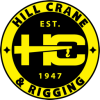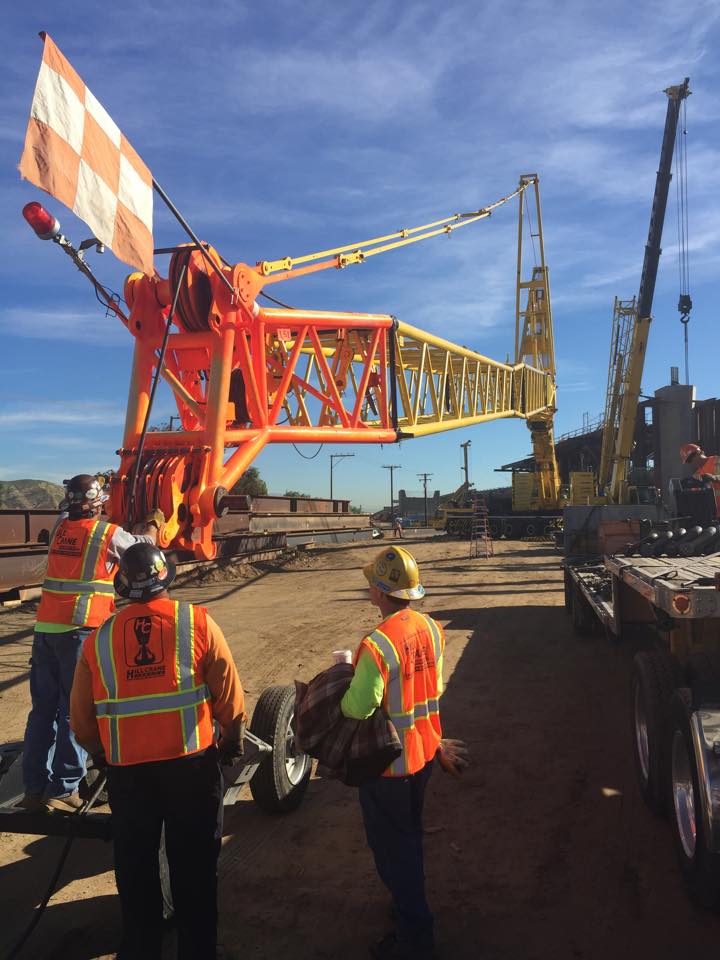“It looks so easy – just lift and leave, right?”
If you’re standing behind the safety barricades, you’ll find that Hill Crane have been making it look that easy since 1947. Behind the scenes, the truth is, there are a multitude of variables that go into every safe lift, and each factor – often imperceptible – requires careful consideration to maintain our outstanding safety record. Some of these factors are external; weather conditions, paving conditions and soil, each section of the rigging, and of course the crane itself.
The first thing Hill Crane lifts is a sharp pencil for planning the job. Each project needs a careful and accurate plan, not unlike that of an airline pilot or surgeon, as the consequences for inadequate planning can be equally disastrous.
- Select the right crane for the job.
- Check the capacity and limitations of the crane.
- Inspect crane to ensure all necessary repairs have been made and documented.
The exact weight of the object to be lifted and its particular placement must be known. The use of outrigger cribbing or mats ensures that the crane’s capacity will not be outrun. The lift industry requires a cribbing surface area no less than 3 times that of the outrigger float (3:1).
Consideration of the site’s accessibility and adequate space for crane assembly and disassembly operations is the key. Many of Hill Crane’s lift projects require setting-up in remote, confined areas, and often the lifting portion of the project takes only a fraction of the total time for the project. Nonetheless, a proper lift can be the cornerstone to start or finish a great project.
Identification of power lines in the area assures OSHA’s strict and wise power line guidelines are followed. Evaluation of ground conditions must be calculated to provide a stable lifting base. Roads should be clearly marked and identified to avoid confusion or even potential accidents. The area must be cleared, made as level as possible and compacted to support outriggers, tracks and loads. Proper barricades to protect workers from the crane’s rotating superstructure must also be setup, including caution/danger signs, warning lines and temporary railings.
All outriggers must be thoroughly extended to crane manufacturer’s specifications stated in the load chart. All workers involved in the lift should be properly trained and OSHA certified. Conduct a pre-lift meeting with all workers involved in the project and go over relevant things associated with the proposed lift. All rigging to be used in the lift project must be inspected prior to the lift and has to be properly labeled. All loads must be rigged by a qualified and skilled rigger.
When the lift is complete and it’s time to leave, things go back as close to the way we found them as possible. After all, the finished project is the big show. And although watching high lift and heavy crane operations are one of our most fascinating pass-times, our job is to get in and out, safely, efficiently, and leave nothing but memories and photos of how it all happened one day.

